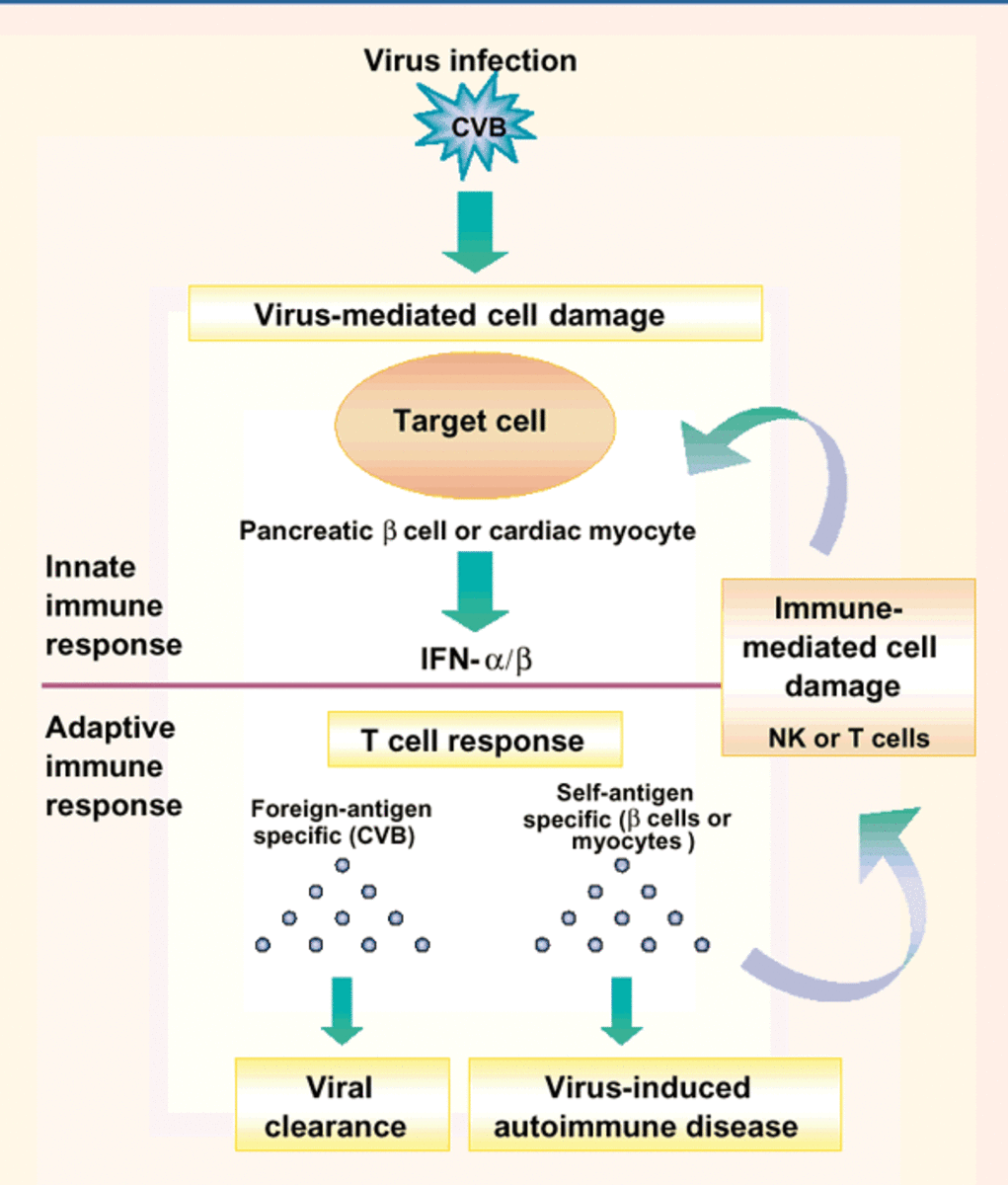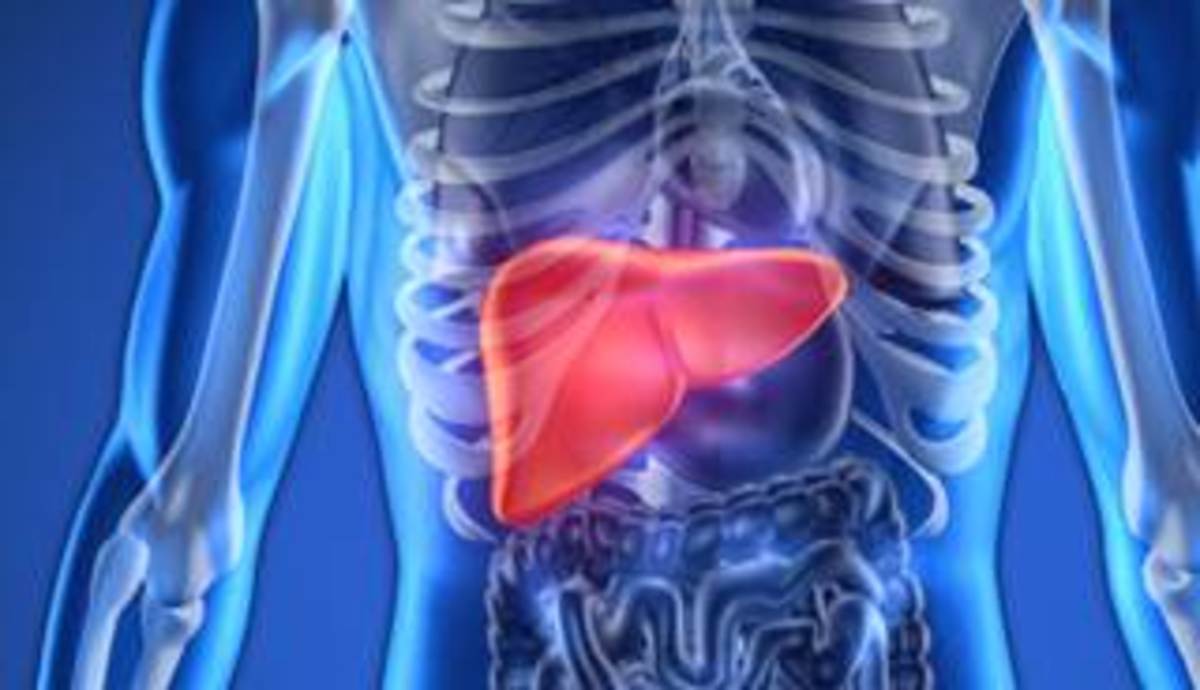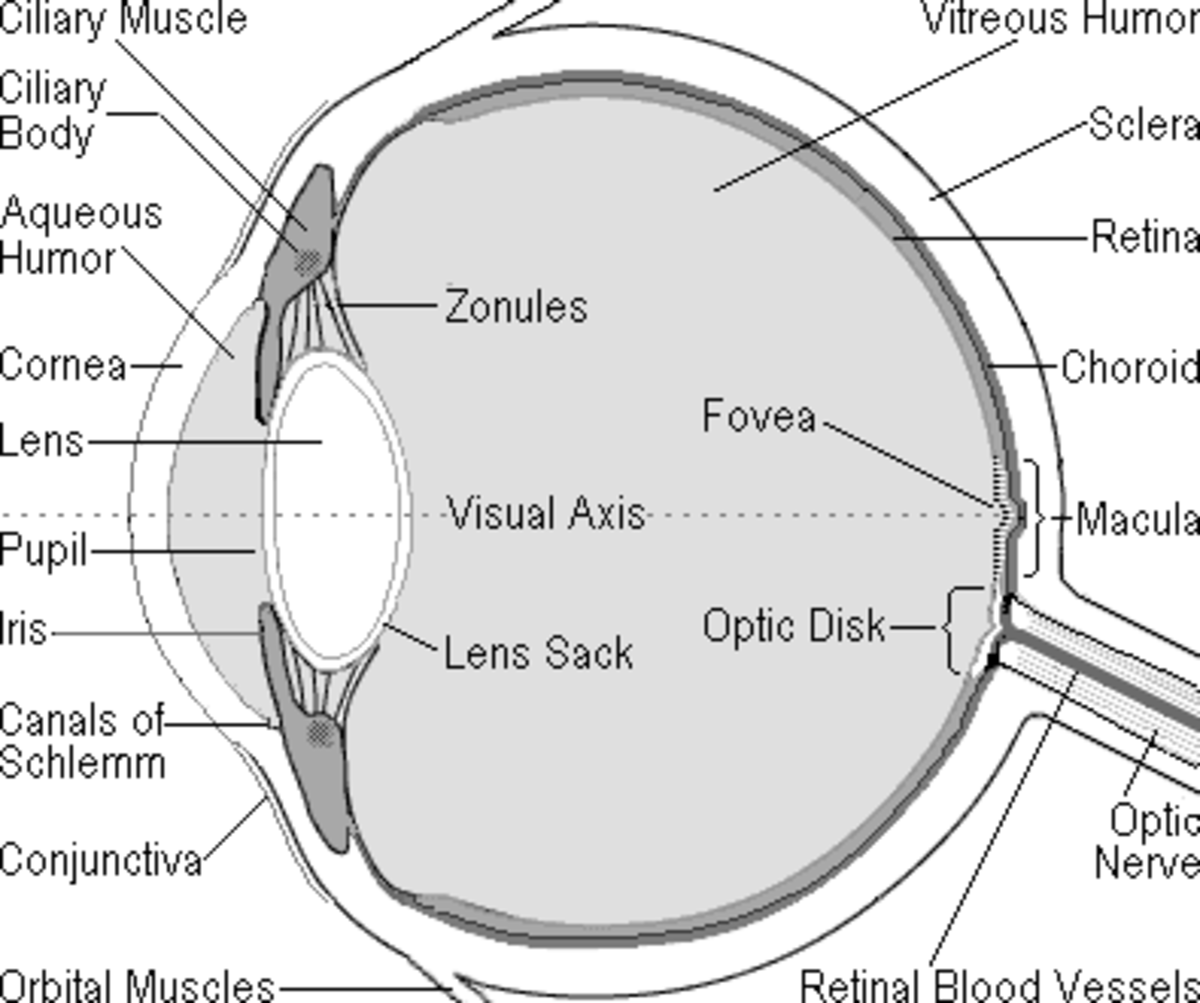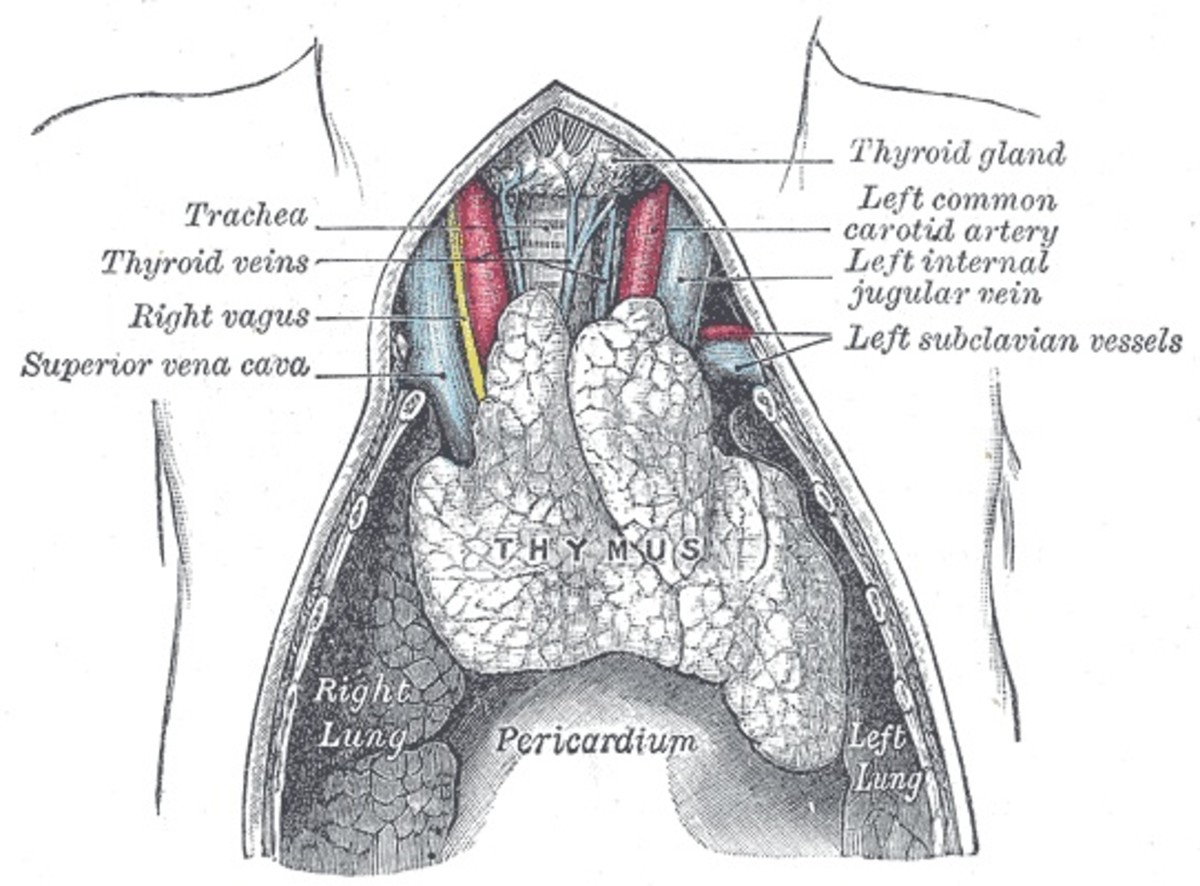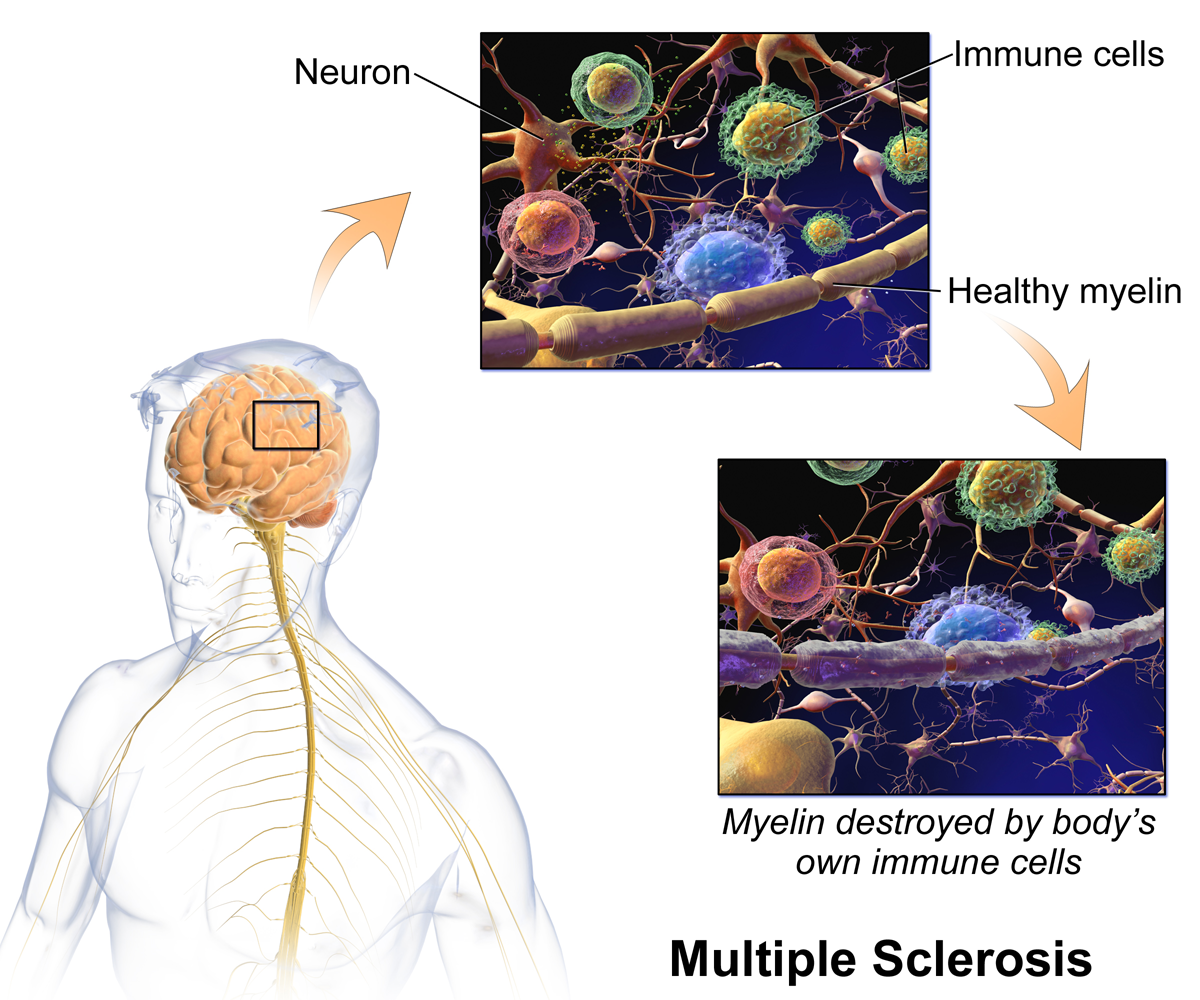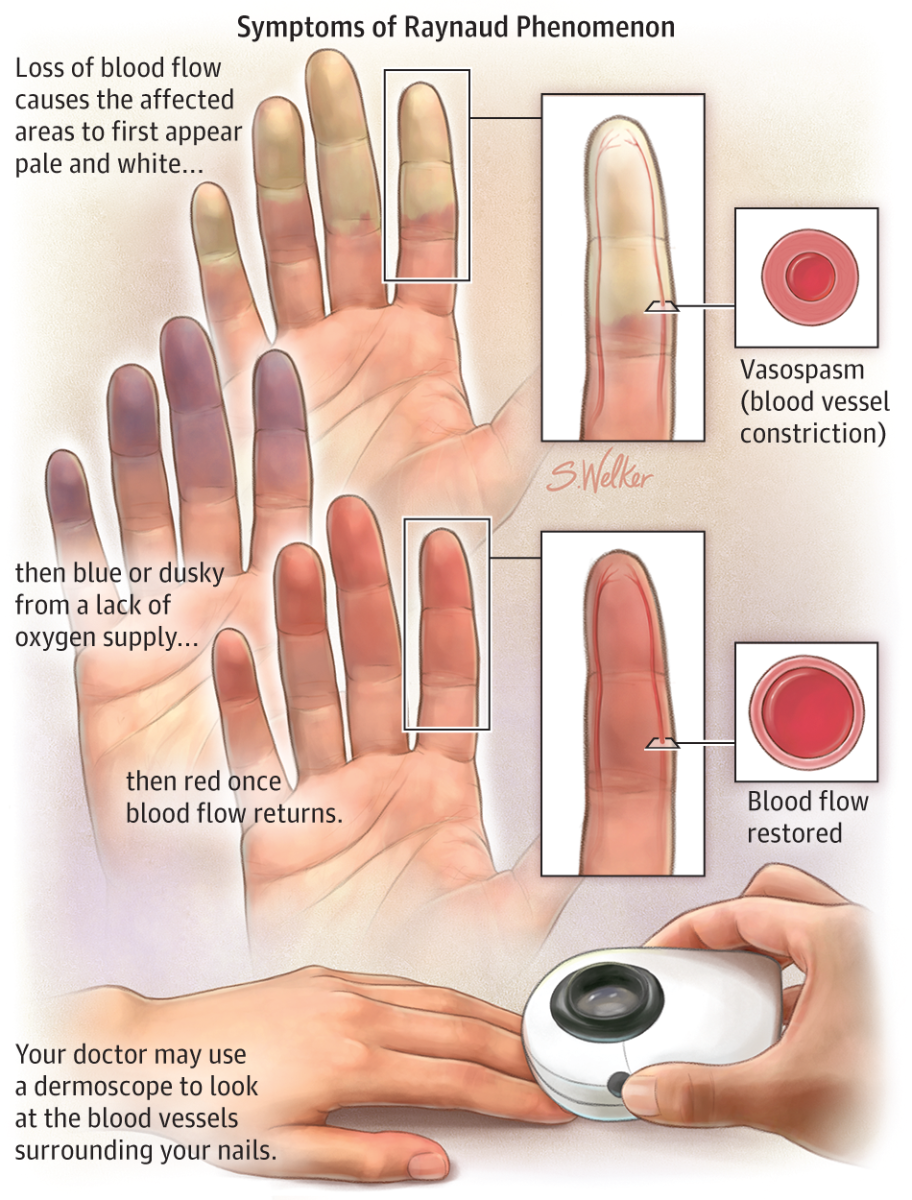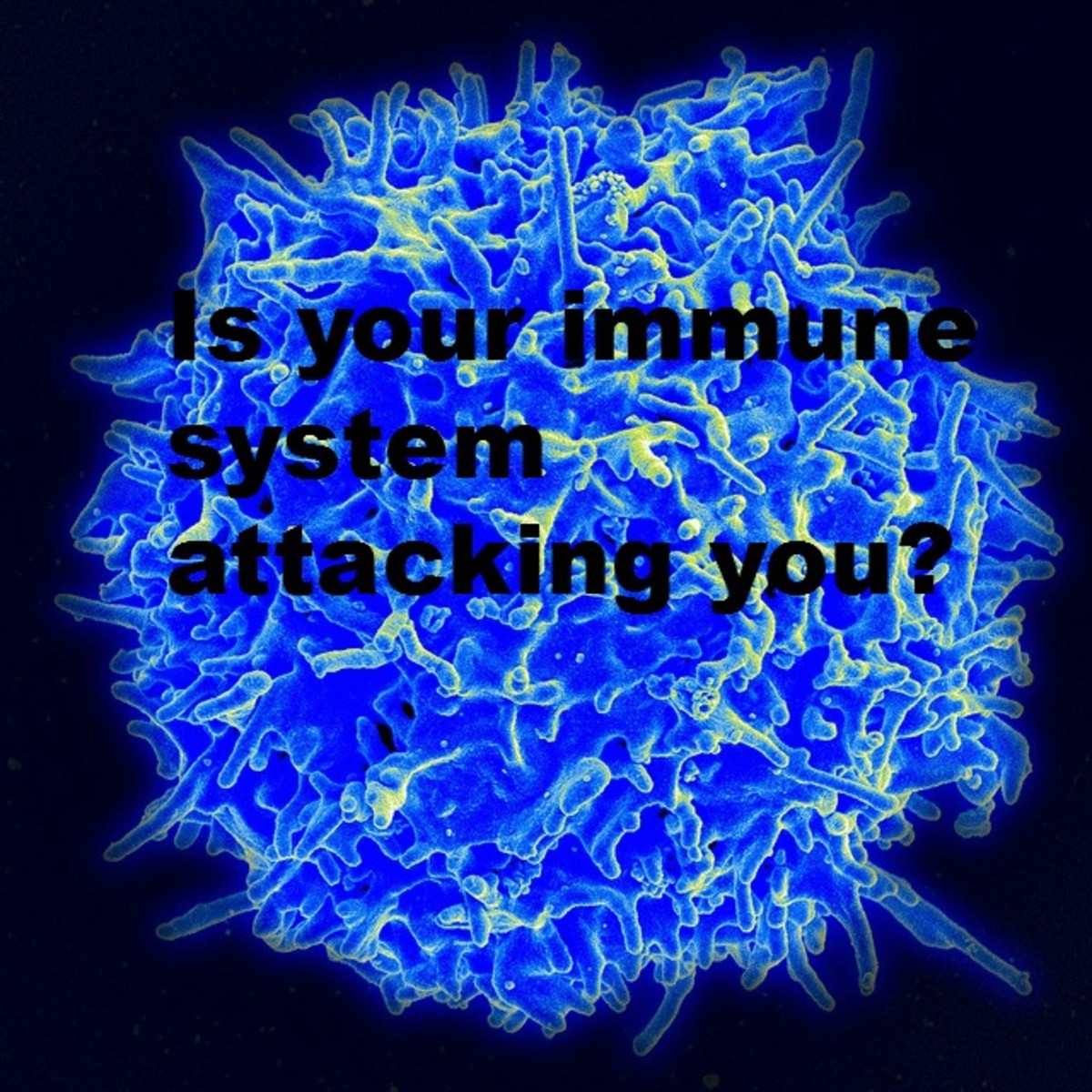The Human Immune System

Nature of the Immune System
The immune system is a network of cells, tissues and organs dispersed throughout the body and charged with the task of defending the body against invading organisms. Any invading organism or foreign substance that evokes an immune response is called an antigen. Antigens can be bacteria, fungi, viruses or parasites. Under normal circumstances, the immune system can distinguish between the cells of your body, called "self" cells, and nonself substances such as bacteria and viruses. According to the National Cancer Institute, this distinction can be made because the cells of your body contain surface proteins that tell the immune system the cells belong there.

Allergies and Autoimmune Diseases
Sometimes the immune system erroneously launches an attack on the body's own cells, says the National Institute of Allergy and Infectious Diseases. This is called an autoimmune response, and probably has its roots in some type of genetic defect. Autoimmune responses are the cause of diabetes and some forms of arthritis, and therefore these diseases are referred to as autoimmune diseases.
Allergies arise when the immune system mistakenly attacks a harmless foreign substance like ragweed pollen. Antigens like pollen that give rise to an allergic response are called allergens.
Components of the Immune System
The cells of the immune system arise from stem cells manufactured in the bone marrow, and include several types of white blood cells:
T-Lymphocytes (T-cells)--These are white blood cells that mature in the thymus, a small organ behind the breastbone. T-cells are capable of attacking foreign cells, cancer cells and cells infected with a virus.
B-Lymphocytes--White blood cells that differentiate into plasma cells which can produce antibodies to fight off invading antigens.
Neutrophils--White blood cells that contain potent chemicals in granules inside the cell. They can ingest microbes and destroy them with these chemicals.
Eosinophils and Basophils--White blood cells that can destroy invading organisms by spraying them with potent chemicals.
Besides the cells, another component of the immune system is the lymphatic system which is a network of nodes and vessels that runs throughout the body. T-cells, B-lymphocytes and plasma cells gather in various compartments inside the nodes where these immune cells encounter antigens which enter the nodes through the lymphatic vessels. There are clusters of nodes in the neck, armpits, abdomen and groin. When you get a bacterial or viral infection, you may notice swelling of the lymph nodes in the neck just under the lower jaw.
In addition to the thymus, the bone marrow and the lymphatic nodes and vessels, the immune system includes several other organs located at different points in the body, according to the Ohio State University Medical Center:
Adenoids--Two glands situated at the back of the nasal passages. They trap bacteria and viruses coming into the nose.
Tonsils--Two node-like glands at the back of the throat that trap bacteria and viruses coming into the body through the mouth.
Appendix--A finger-shaped pouch attached to the large intestine and located in the lower right area of the abdomen.
Spleen--An organ located above the stomach and under the ribs on the left side of the body. It is a storage place for white blood cells, and fights the bacteria that cause pneumonia and meningitis.
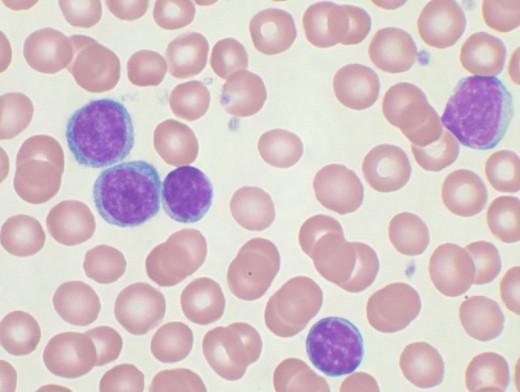
Cancers Affecting the Immune System
Cancers affecting the cells of the immune system are named based on the type of immune cell that is proliferating abnormally. For example, lymphocytic leukemia is a cancer involving abnormal growth of the lymphocytes. The disease can progress slowly (chronic lymphocytic leukemia) or it can develop quickly (acute lymphocytic leukemia). Myelogenous leukemia is an abnormal proliferation of the granulocytes, the general term for neutrophils, basophils and eosinophils. Once again, this disease can be chronic or acute. Multiple myeloma is an immune system cancer that causes the plasma cells to multiply in an abnormal, uncontrolled way. Since plasma cells make proteins called antibodies, multiple myeloma leads to high levels of protein in the blood.


